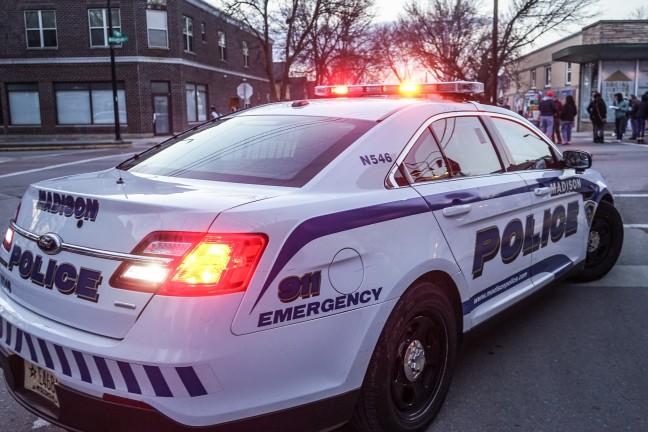This past April tied for the fourth safest April in terms of traffic deaths since the end of World War II, but experts say more needs to be done to address traffic deaths in the state.
According to a Wisconsin Department of Transportation statement, 38 people were killed in Wisconsin traffic crashes last month. In April 2015, the total was 50 people, but April 2014 only had 25.
David Pabst, Wisconsin Department of Transportation Bureau of Transportation Safety director, said there has been an overall downward trend in traffic deaths since 2012, but an uptick in deaths in recent years.
By this time last year, Wisconsin had 150 fatalities from car crashes, according to a report sent in an email to The Badger Herald from the DOT. So far this year there have been 161 fatalities, according to the same report.
David Noyce, transportation engineering professor, said there are unexpected fluctuations in traffic deaths from time to time, and it’s more important to look at the mean data. Either way, he said it’s important to work toward decreasing the number of traffic deaths.
“Obviously we continue to implement safety programs each and every year,” Noyce said. “Hopefully over the long period of time we see the trend … continue [to] push it’s way down and that’s certainly the goal of the DOT — to get to zero. That’s all of our goals, to find a way to get to zero.”
One of the most concerning things about driver safety, Pabst said, is the amount of inattentive drivers due to people on their smartphones. He said drunk driving has decreased in recent years, but texting doesn’t have the same social stigma against it as drinking and driving.
Additionally, there are many different apps on smartphones and none of them are prohibited by law to use while driving, Pabst said. For example, there isn’t a law against using Snapchat or Facetime when operating a vehicle, Pabst added.
“People just need to put the phone down and pay attention to the task at hand,” Pabst said. “You can’t multitask, just drive.”
Another issue that has been becoming more of a problem is drugged driving. Pabst said there has been a slight increase in those driving under the influence of drugs, especially with the current heroin epidemic.
One of the most effective things people can do to protect themselves is to wear a seat belt, Pabst said. Around 85 percent of Wisconsinites use seat belts, a percentage that needs to increase, Pabst added.
Noyce said creating more stringent regulations for drunk driving can help address traffic deaths. Even so, he said the only foolproof way to decrease traffic fatality rates is to have automated vehicles, something that may be possible by 2025.
“Legislatively we can do some things, but legislation alone doesn’t change driver behavior,” Noyce said.


